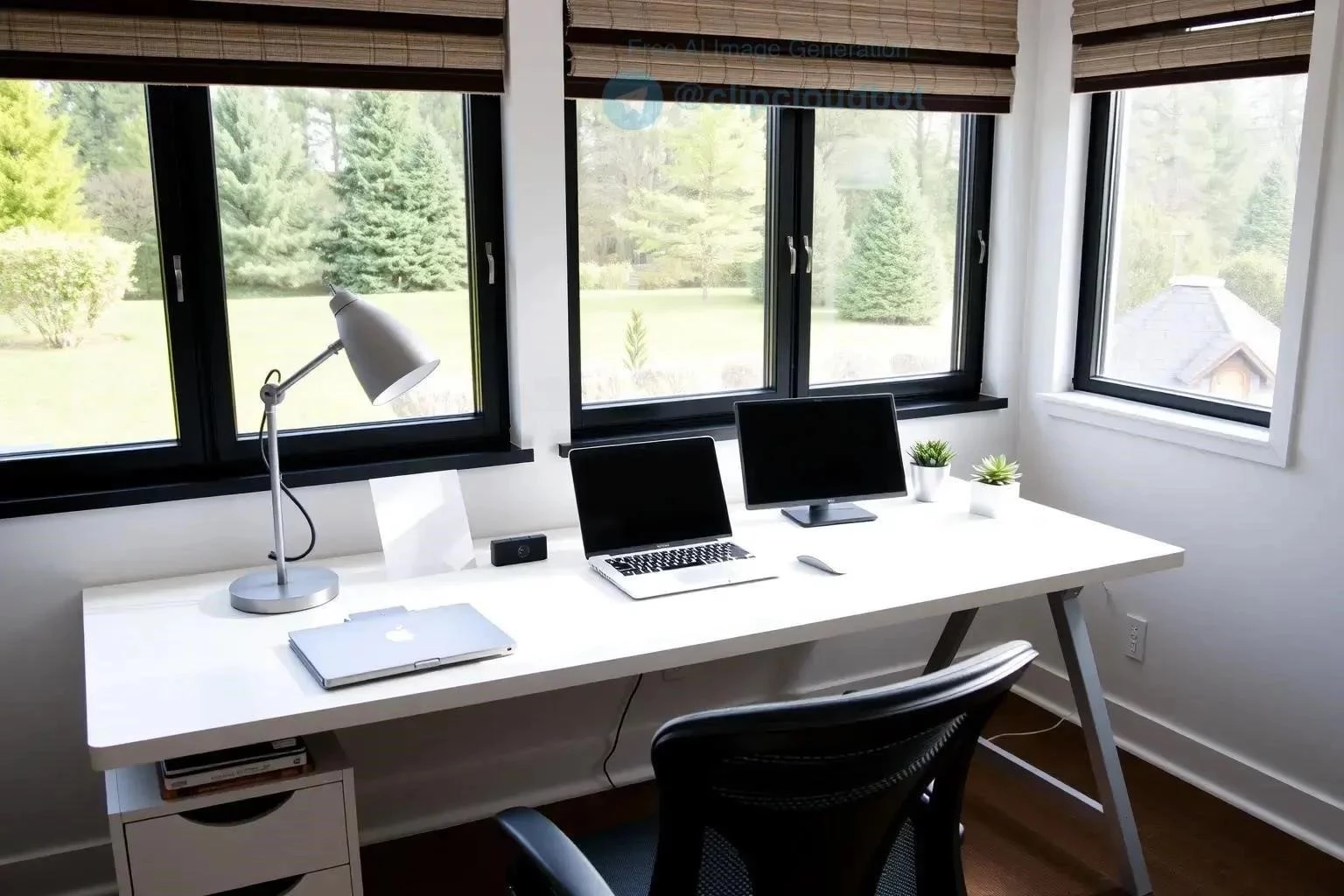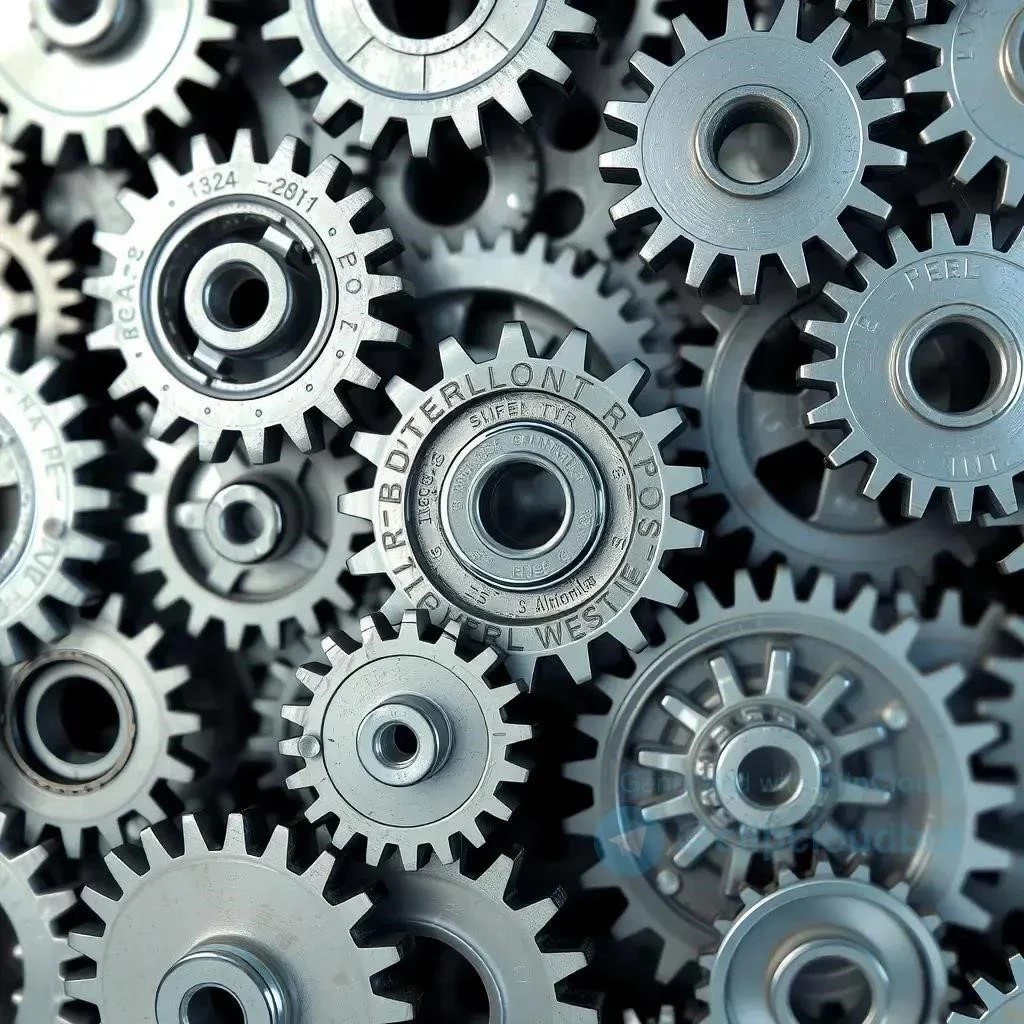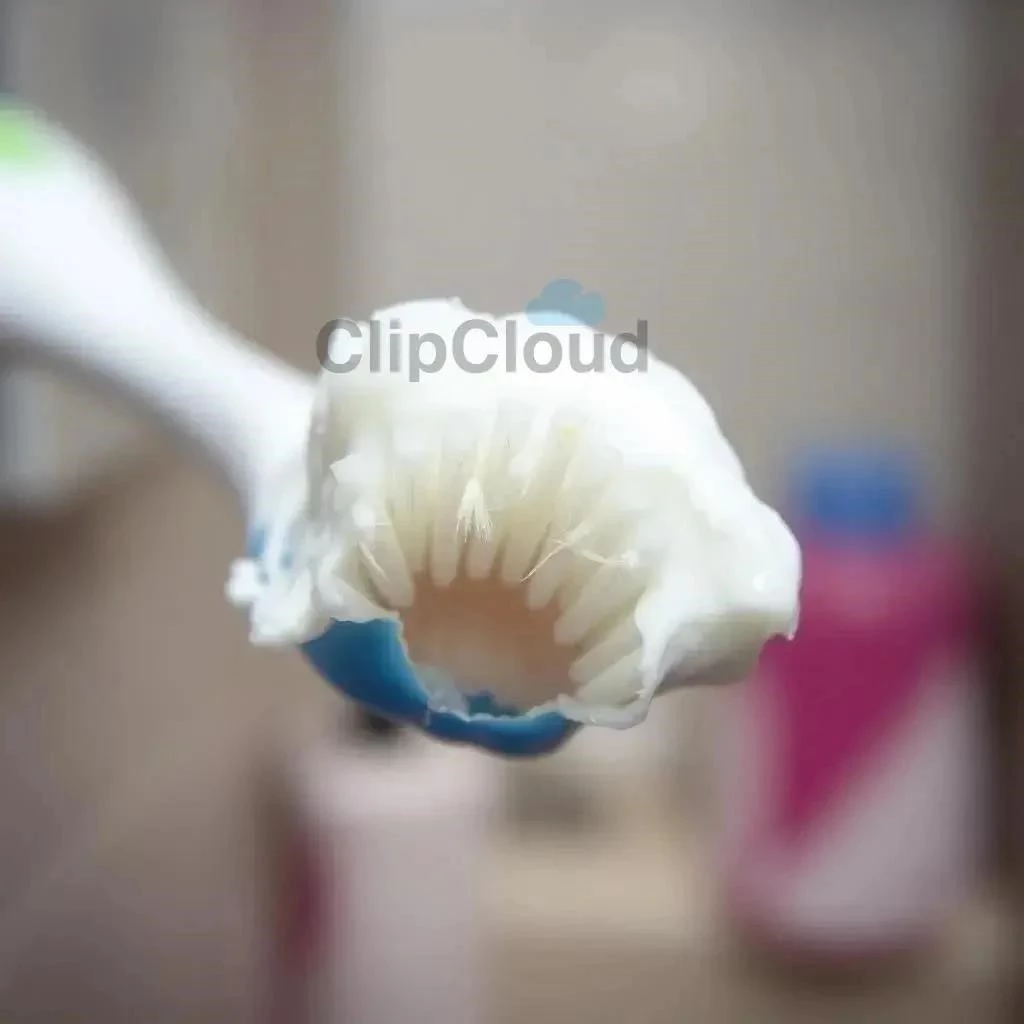The allure of gold has captivated humanity for millennia, representing wealth, power, and stability in civilizations across the globe. In today’s volatile economic climate, understanding the basics of gold investing can be a crucial step towards diversifying your portfolio and safeguarding your assets. Whether you’re a seasoned investor or just starting to explore the world of finance, knowing the fundamentals of gold investing is essential for making informed decisions and navigating the complexities of the market. This article will delve into the key aspects of investing in this precious metal, providing you with a solid foundation to build upon.
Why Invest in Gold?
Gold’s enduring appeal stems from its unique properties and perceived value. Unlike paper currencies, gold is a tangible asset with intrinsic worth. Here are some compelling reasons why investors choose to include gold in their portfolios:
- Hedge Against Inflation: Gold has historically served as a hedge against inflation, as its price tends to rise when the purchasing power of currencies declines.
- Safe Haven Asset: In times of economic uncertainty or geopolitical instability, investors often flock to gold as a safe haven asset, driving up its demand and price;
- Diversification: Gold can help diversify your portfolio, as its price often moves independently of stocks and bonds.
- Limited Supply: The limited supply of gold, coupled with its consistent demand, contributes to its long-term value.
Different Ways to Invest in Gold
There are several ways to gain exposure to gold, each with its own advantages and disadvantages. Consider your investment goals, risk tolerance, and financial resources when choosing the right approach:
Physical Gold
This involves purchasing physical gold in the form of bullion (bars or coins). This method provides direct ownership and tangible security. However, it also entails storage costs and potential security risks.
Gold ETFs (Exchange-Traded Funds)
Gold ETFs track the price of gold and allow you to invest in gold without physically owning it; They offer liquidity and ease of trading, but you don’t have direct ownership of the underlying asset.
Gold Mining Stocks
Investing in gold mining companies can provide exposure to the gold market, but it also carries company-specific risks. The performance of these stocks depends on factors beyond the price of gold, such as management decisions and operational efficiency.
Gold Futures Contracts
Gold futures contracts allow you to speculate on the future price of gold. This is a high-risk, high-reward strategy suitable for experienced traders.
Key Considerations Before Investing
Before diving into gold investing, it’s crucial to consider the following:
- Risk Tolerance: Assess your risk tolerance and determine how much of your portfolio you’re comfortable allocating to gold;
- Investment Goals: Define your investment goals and how gold aligns with your overall financial strategy.
- Market Research: Stay informed about market trends, economic indicators, and geopolitical events that can impact gold prices.
- Storage and Security: If investing in physical gold, ensure you have secure storage arrangements.
Ultimately, the decision to invest in gold is a personal one that depends on your individual circumstances. By understanding the basics and conducting thorough research, you can make informed decisions and potentially reap the benefits of this enduring precious metal. Gold investing, while not a guaranteed path to riches, can be a valuable tool for diversification and wealth preservation in a well-balanced portfolio.
Now that we’ve covered the fundamentals, let’s delve deeper into some more advanced considerations. It’s not just about buying gold; it’s about how you buy it, when you buy it, and why you’re buying it. Treat this like a chess game, not a lottery ticket.
Timing Your Entry: Is Now the Right Time?
One of the most frequently asked questions is, “Is now a good time to buy gold?” The honest answer? It depends. There’s no magical formula or crystal ball. However, you can leverage certain indicators and strategies to make more informed decisions. Remember, dollar-cost averaging can be your friend here; Investing a fixed amount at regular intervals, regardless of the price, can smooth out the volatility and potentially lead to a better average purchase price over time.
Analyzing Market Signals
Keep an eye on key economic indicators such as inflation rates, interest rates, and currency fluctuations. Historically, gold tends to perform well when inflation is high and interest rates are low. Pay attention to geopolitical events, as uncertainty often drives investors towards safe-haven assets like gold. Consider using technical analysis tools to identify potential entry and exit points based on price charts and trading patterns. However, remember that past performance is not indicative of future results, and technical analysis should be used in conjunction with fundamental analysis.
Beyond Spot Price: Understanding Premiums and Spreads
Don’t just focus on the spot price of gold. When buying physical gold, you’ll encounter premiums – the price you pay above the spot price. These premiums cover the costs of fabrication, distribution, and dealer markups. Premiums can vary significantly depending on the type of gold (bullion vs. coins), the dealer, and market demand. Shop around and compare prices from different sources before making a purchase. Similarly, be aware of the bid-ask spread, the difference between the price at which you can buy (ask) and sell (bid) gold. A wider spread means higher transaction costs.
Long-Term vs. Short-Term Strategies
Are you looking to hold gold for the long haul as a store of value and hedge against inflation, or are you trying to capitalize on short-term price fluctuations? Your investment strategy should align with your time horizon and risk tolerance. Long-term investors may find physical gold or gold ETFs to be more suitable, while short-term traders may prefer gold futures contracts or options. Remember, short-term trading involves higher risk and requires more active management.
And here’s a critical point often overlooked: regularly re-evaluate your gold investment. Market conditions change, your financial goals evolve, and what was a sound investment strategy a year ago may no longer be appropriate. Periodically review your portfolio, reassess your risk tolerance, and make adjustments as needed. Think of it as tending to a garden; it requires ongoing care and attention to thrive. You see, gold investing is not a “set it and forget it” approach. It’s a dynamic process that requires continuous learning and adaptation. I encourage you to keep exploring, keep learning, and keep refining your approach. Good luck!






